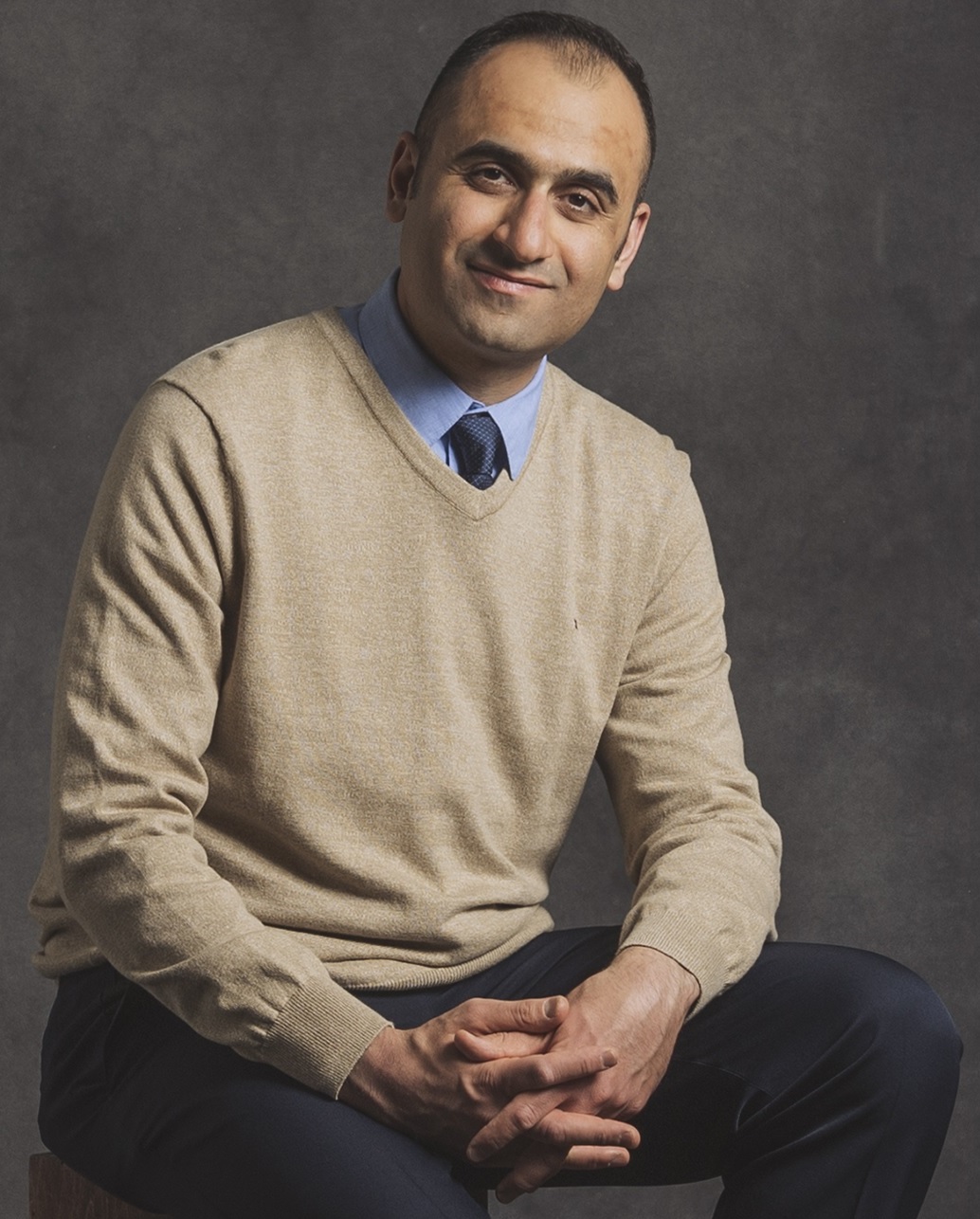Home
| Curriculum Vitæ
| Publications
| Research
| FACAM Blog
| Presentations
| Teaching
| Google Scholar
| ResearchGate
| LinkedIn
Research
The current dramatic growth and trajectory of the modern field of statistics is driven by complex issues in data collection and analysis that accompany groundbreaking developments in science and engineering. These issues are generally difficult to resolve by traditional methods. I seek to contribute to this new era in statistics by pioneering statistical methodologies and theories that possess a broad scope of application to cutting-edge problems across disciplines. My research interests include
- building interpretable statistical models and machine learning algorithms for improved control of complex engineering systems,
- Bayesian data analysis,
- causal inference, and
- experimental design.
One major objective of my current research is the development of efficient and powerful Bayesian methods and machine learning algorithms for model building in additive manufacturing (AM) systems. A brief overview of my research on AM systems follows below. Additional information can be found in this Purdue University Research Foundation news article, as well as the Foundations of Accuracy Control for Additive Manufacturing (FACAM) blog. My research interest in statistical methodology and theory for addressing important real-life problems in science and engineering has ultimately led to the development of new frameworks and techniques that can positively impact the continued growth and trajectory of statistics.
Please feel free to contact me if you would like to collaborate on new and interesting real-life problems.
Geometric Shape Deviation Modeling and Control for Additive Manufacturing
Additive manufacturing has been recognized as a disruptive technology with the potential to revolutionize manufacturing. It holds the promise of direct digital manufacturing of shapes from geometrically complex computer-aided design (CAD) models such that part-specific tooling and fixturing, and the bulk and waste, associated with traditional manufacturing are eliminated. However, a major issue with AM processes is that they yield shapes whose dimensions are discrepant with those specified in the CAD models. These discrepancies, referred to as geometric shape deviations, adversely affect the performance and utility of AM, and must be controlled in order to ensure its successful adoption in practice.
In 2012, I commenced a research collaboration with Dr. Qiang Huang and Dr. Tirthankar Dasgupta to develop statistical methodologies for shape deviation control in AM. My research at that time was supported by the U.S. National Science Foundation Graduate Research Fellowship Program under Grant No. DGE-1144152. Our first set of accomplishments include
- a functional modeling and control methodology for in-plane deviations (Huang et al., 2015), and
- the design of an experiment and the derivation of new Bayesian discrepancy measures for the identification and modeling of interference in AM (Sabbaghi et al., 2014).
A major trajectory of AM, which constitutes a rapidly evolving domain of cyber-physical systems and Industry 4.0, is the development of AM systems that seamlessly integrate disparate CAD models and distinct AM processes for a large, connected community of additive manufacturers. These systems possess great potential to fundamentally transform the manner in which people interact with manufacturing. Indeed, by reducing fabrication complexity and liberating product design processes for online communities of users, AM systems can inaugurate an exciting new era of cybermanufacturing with positive impacts that far exceed those of current manufacturing systems. However, the specification of deviation models for comprehensive control of an AM system is made difficult by the nature and capability of AM for one-of-a-kind manufacturing. Shape deviation control in an AM system requires a methodology that can leverage prior knowledge and previously specified models for the deviations of different shapes under distinct processes, so as to automate and expedite the specification of deviation models for new shapes and processes using only a small sample of manufactured products.
Starting in 2015, I worked with Dr. Huang, Dr. Dasgupta, and my former Ph.D. student Dr. Raquel De Souza Borges Ferreira to develop efficient and powerful Bayesian methodologies and machine learning algorithms to address the challenges of AM systems. My research for this objective was supported by the U.S. National Science Foundation under Grant Nos. CMMI-1544841, as part of the NSF/DHS/DOT/NASA/NIH Cyber-Physical Systems program, and CMMI-1744123. Specific methodologies that we created include
These methods can contribute to the new era of AM systems by addressing the challenge of efficient deviation modeling and control of vast varieties of shapes manufactured under distinct processes. Our machine learning algorithms in particular can produce effective deviation models in a rapid manner, and also yield interpretable insights and results on AM processes. The corresponding significant implication is that these methods can generalize from particular shapes and processes to underpin cross-cutting deviation modeling and control in AM systems more broadly. In this respect, our research can enable smarter manufacturing in AM systems, with the potential of immediate practical application, and thereby help to advance their future growth and adoption for a large community of AM users.
Please feel free to contact me if you wish to learn more about these statistical methodologies and machine learning algorithms for AM systems.

